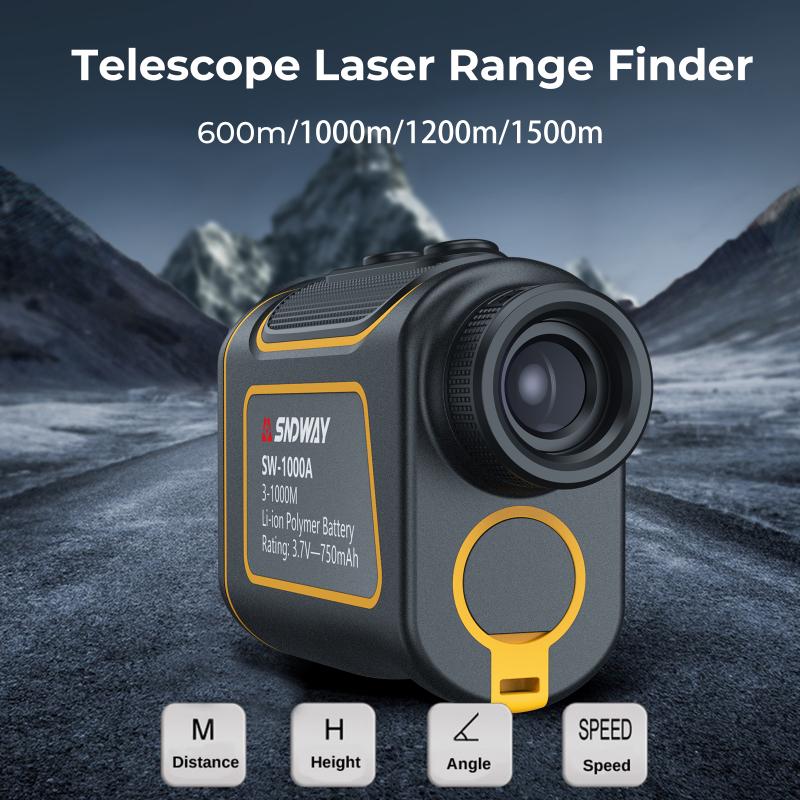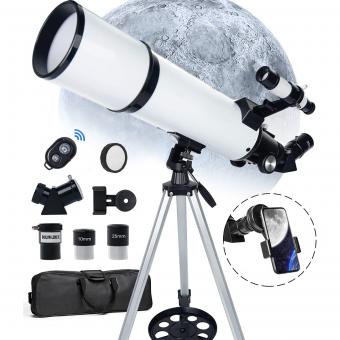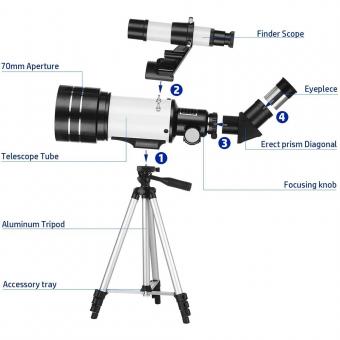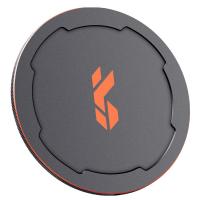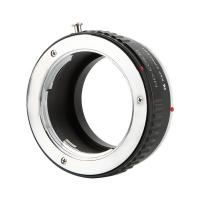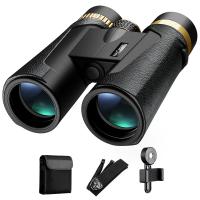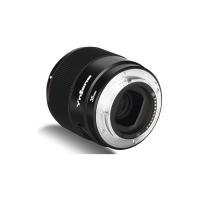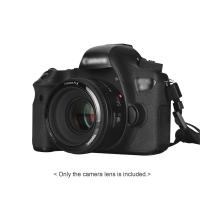How To Find The Moon With A Telescope ?
To find the moon with a telescope, you can start by determining its current phase. Once you know the phase, you can estimate its position in the sky. Using a star chart or a planetarium app, locate the general area where the moon should be based on its phase. Set up your telescope and align it with the moon's approximate position. Start with a low magnification eyepiece to get a wider field of view, making it easier to locate the moon. Gradually increase the magnification until you have a clear and detailed view of the moon's surface. Adjust the focus and experiment with different eyepieces to enhance your viewing experience. Remember to use a stable mount or tripod to minimize shaking and ensure steady observations. Enjoy exploring the moon's craters, mountains, and other fascinating features!
1、 Lunar Observing: Techniques for Locating the Moon with a Telescope
Lunar Observing: Techniques for Locating the Moon with a Telescope
Finding the moon with a telescope is a relatively straightforward process that can be enjoyed by amateur astronomers and enthusiasts alike. Here are some techniques to help you locate and observe Earth's natural satellite.
1. Know the moon's phase: Understanding the moon's phase is crucial in determining its visibility and position in the sky. A moon phase calendar or smartphone app can provide you with this information.
2. Choose the right time: The best time to observe the moon is during its waxing or waning phases, when the sun's angle creates shadows and highlights on the lunar surface, revealing fascinating details. Avoid observing during a full moon, as the brightness can wash out surface features.
3. Use a star chart or planetarium software: These tools can help you identify the moon's position in the sky relative to other celestial objects. They provide a visual representation of the night sky, making it easier to locate the moon.
4. Align your telescope: Once you have located the moon in the sky, align your telescope by pointing it towards a bright star or planet. This will ensure that your telescope is properly calibrated and ready for lunar observation.
5. Start with low magnification: Begin observing the moon with low magnification eyepieces to get a wide view of the lunar surface. As you become more familiar with the moon's features, you can gradually increase the magnification to observe finer details.
6. Observe different lunar features: The moon offers a variety of interesting features to explore, such as craters, mountains, and maria (dark, flat areas). Take your time to observe these features and appreciate the moon's unique geology.
It's worth noting that advancements in technology, such as smartphone apps and computerized telescopes, have made locating the moon even easier. These tools can provide real-time information on the moon's position and help guide your telescope to the desired location.
Remember, patience and practice are key when it comes to lunar observing. With time, you'll develop a deeper understanding and appreciation for our closest celestial neighbor.
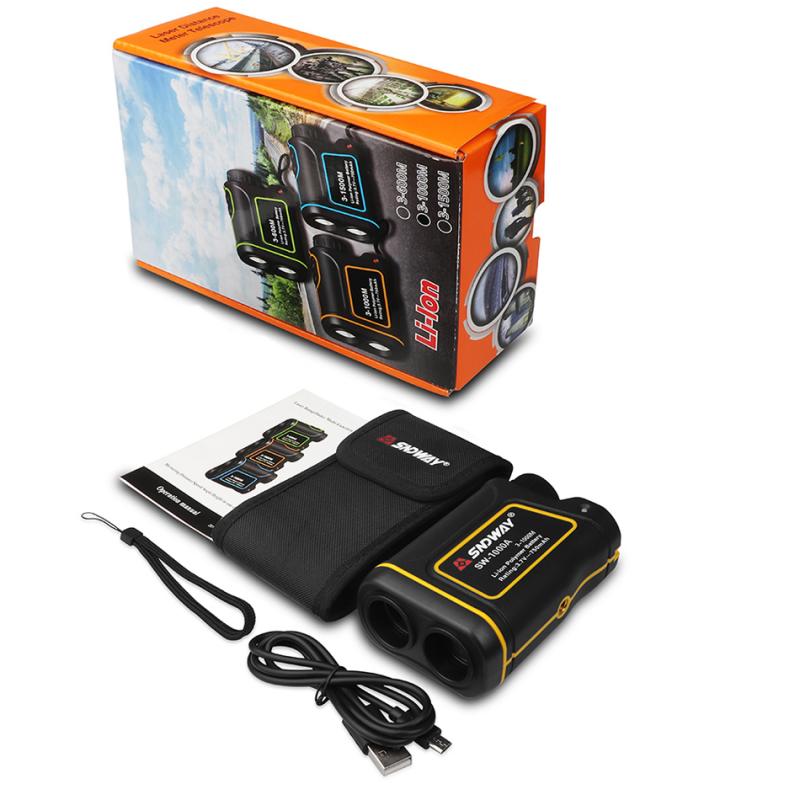
2、 Moon Tracking: Using a Telescope to Locate and Follow the Moon
Moon Tracking: Using a Telescope to Locate and Follow the Moon
Finding the moon with a telescope can be an exciting and rewarding experience for astronomy enthusiasts. With the right equipment and a little knowledge, you can observe the moon's craters, mountains, and other fascinating features up close. Here's a step-by-step guide on how to find the moon using a telescope:
1. Set up your telescope: Start by assembling and aligning your telescope according to the manufacturer's instructions. Ensure that it is stable and securely mounted.
2. Choose the right time: The best time to observe the moon is during its waxing or waning phases, as the shadows cast by the sun create more pronounced features. Check a lunar calendar or astronomy app to determine the moon's phase and rise time in your location.
3. Locate the moon: Begin by aiming your telescope at the general direction of the moon. If you're using a manual telescope, start by aligning it with a bright star or landmark in the sky. If you have a computerized telescope, you can input the moon's coordinates or select it from the database.
4. Fine-tune your aim: Once you have the moon in your telescope's field of view, use the telescope's controls to adjust the focus and magnification. Experiment with different eyepieces to find the best view.
5. Follow the moon: As the Earth rotates, the moon will appear to move across the sky. To keep it in your telescope's view, you may need to make slight adjustments to the telescope's position every few minutes. Some telescopes have motorized mounts that can automatically track celestial objects, including the moon.
It's worth noting that the moon's position in the sky changes throughout the year due to its orbit around the Earth. Therefore, it's essential to consult star charts or astronomy apps for the moon's current position and rise time.
Observing the moon through a telescope can provide a wealth of information about our closest celestial neighbor. Take the time to explore its craters, maria, and other features, and consider joining an astronomy club or online community to share your observations and learn from others.

3、 Telescope Moon Observation: Tips for Finding and Viewing the Moon
Telescope Moon Observation: Tips for Finding and Viewing the Moon
Observing the moon through a telescope can be a fascinating experience, allowing you to explore its craters, mountains, and other features in detail. To find the moon with a telescope, follow these steps:
1. Set up your telescope: Choose a stable location with minimal light pollution. Set up your telescope on a sturdy tripod or mount, ensuring it is properly aligned and focused.
2. Use a star chart or app: Before locating the moon, familiarize yourself with the night sky. Use a star chart or a smartphone app to identify the moon's current position relative to other celestial objects.
3. Start with low magnification: Begin your observation with low magnification eyepieces to get a wider field of view. This will help you locate the moon more easily.
4. Look for the moon in the east or west: The moon rises in the east and sets in the west, so start your search in these directions. Use the altitude and azimuth coordinates from your star chart or app to guide you.
5. Adjust your telescope: Once you have located the moon, adjust your telescope's focus and magnification to get a clear and detailed view. Experiment with different eyepieces to find the best combination for your observation.
6. Observe different phases: The moon goes through different phases throughout the month. Take the opportunity to observe the moon at various stages, such as the waxing crescent, first quarter, full moon, or waning crescent.
It's worth noting that the moon's appearance can vary depending on atmospheric conditions, such as the presence of dust or haze. Additionally, the moon's position in the sky changes slightly each day due to its orbit around the Earth. Therefore, it's important to consult up-to-date star charts or apps to accurately locate the moon.
Telescope moon observation offers a unique opportunity to appreciate the beauty and intricacies of our celestial neighbor. Enjoy exploring the moon's surface and marvel at its ever-changing appearance!
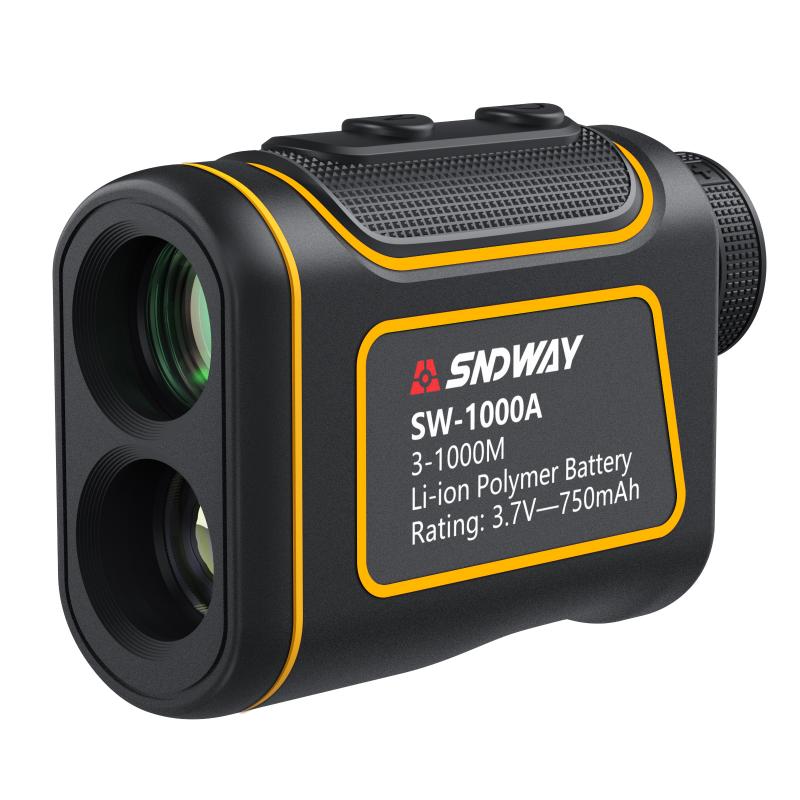
4、 Locating the Moon: A Guide to Using a Telescope for Lunar Observation
Locating the Moon: A Guide to Using a Telescope for Lunar Observation
Observing the Moon through a telescope can be a fascinating experience, allowing you to explore its craters, mountains, and other features in detail. To find the Moon with a telescope, follow these steps:
1. Set up your telescope: Find a stable surface and assemble your telescope according to the manufacturer's instructions. Ensure that the telescope is properly aligned and balanced.
2. Use a star chart or smartphone app: Before locating the Moon, it's helpful to identify a bright star or planet in the sky. This will serve as a reference point to navigate towards the Moon. Star charts or smartphone apps can assist in identifying celestial objects.
3. Adjust the telescope's field of view: Start with a low magnification eyepiece to get a wider field of view. This will make it easier to locate the Moon initially. Once you have found it, you can switch to higher magnification eyepieces for more detailed observations.
4. Scan the sky: Slowly scan the sky in the direction of the Moon using the telescope's manual controls. Look for a bright, round object that appears larger than stars. The Moon's distinctive features should become visible as you get closer.
5. Fine-tune the focus: Once you have located the Moon, adjust the focus knob on your telescope to achieve a clear and sharp image. Take your time to explore different areas of the Moon's surface and observe its various features.
It's worth noting that the Moon's position in the sky changes throughout the night and from day to day. Therefore, it's essential to consult up-to-date star charts or smartphone apps to determine the Moon's current location and phase.
Remember to be patient and allow your eyes to adjust to the darkness. Happy lunar observing!
